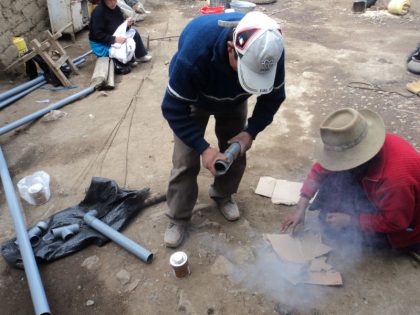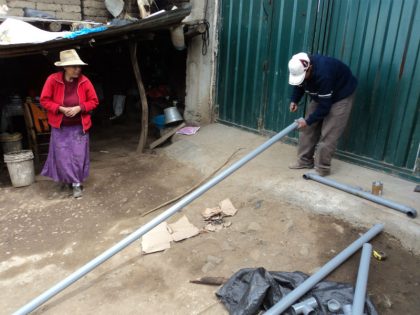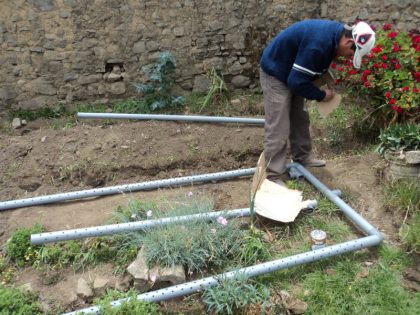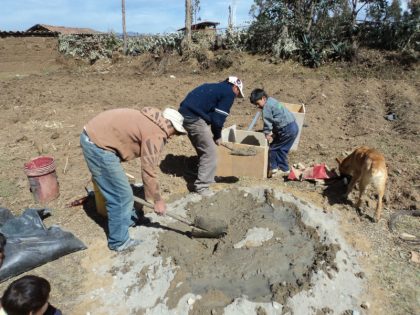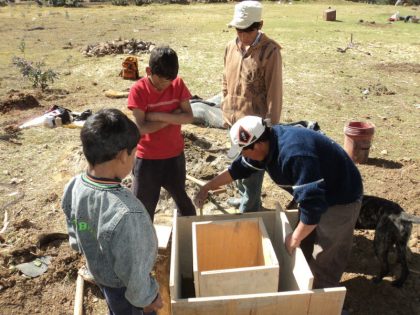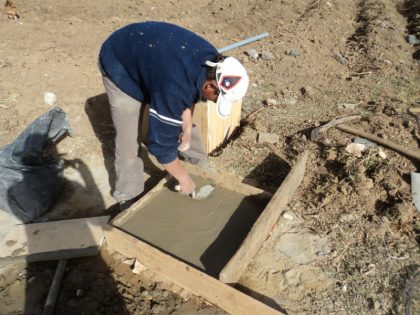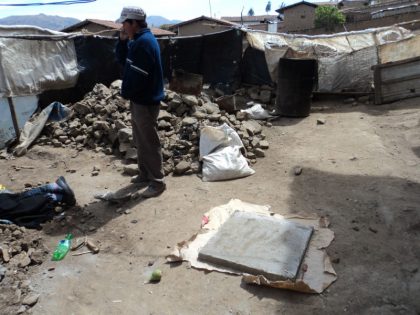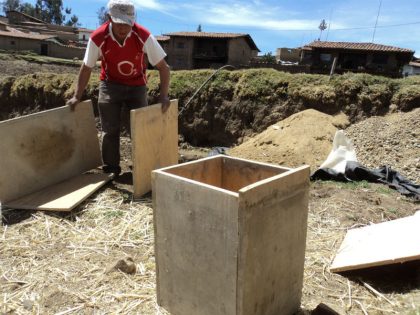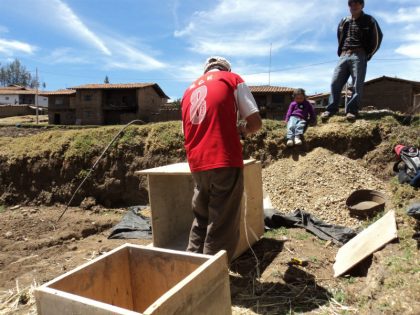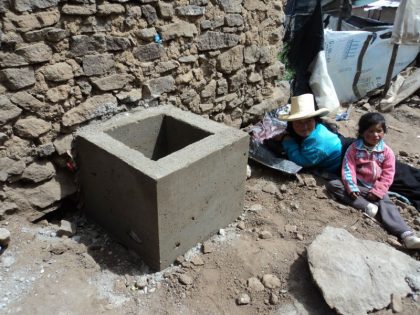 This project has been completed under the direction of Peace Corps Volunteer Megan Vees. To read about the beginning of the project, CLICK HERE.
This project has been completed under the direction of Peace Corps Volunteer Megan Vees. To read about the beginning of the project, CLICK HERE.
The project was to provide 5 families in Piscopampa with greywater systems to effectively manage waste water.
Megan reports:
The Piscopampa grey water pilot project has been completed. We installed 5 greywater systems, and participating families received seeds to plant vegetable gardens.The process of carrying out the project began with the selection of the five beneficiary families. To participate, families had to have scarce access to water, and the ability to contribute the physical labor necessary for the completion of the project.
Once families were selected, each family was taught about the importance of greywater reutilization, and the basic concept and design of the greywater system was explained to them. Then, the district public works engineer and master builder visited the participating families to mark out where the systems would be installed.
Families then dug the ditches where the tubes would later be installed. After that, materials were bought and distributed to the families. Then a worker from the municipality connected the tubes, which had holes drilled along the bottom side for water to escape.
Each family then placed the tubes in the ditches with gravel and filled in the hole at the end of the system with small rocks. After the tubes were installed, the cement collection chambers were constructed by a worker from the municipality.
Finally, tubes were connected from the collection chamber to the previously installed tubes, and mesh was placed over the opening of the tube in the collection chamber to filter out solids. Families were provided with seeds to plant vegetable gardens.
Participating families were excited to try out the systems. Some other community members expressed interest, while others expressed apprehension because they were unfamiliar with the idea of grey water reutilization.
It is hoped that other community members will become interested in greywater systems as they see the benefits achieved by participating families.
My site replacement, Christina Sanken, will continue visiting families to see how the systems are functioning, and do trouble-shooting if any of the systems aren’t working well. The district public works engineer will continue to support Christina with the project.
We wish to thank Megan for completing this project, and again extend our gratitude to The Soneva SLOW LIFE Trust for providing the funding.
